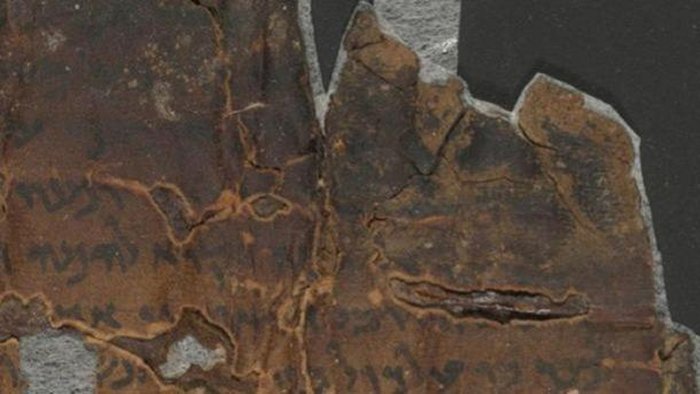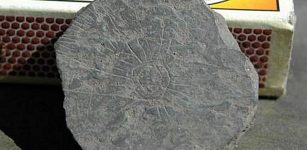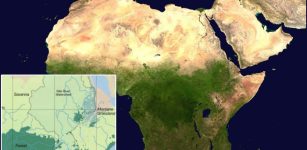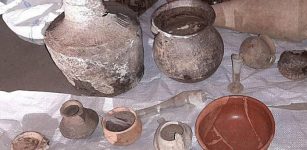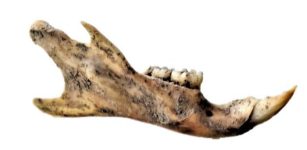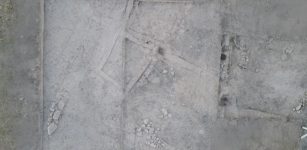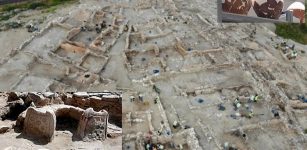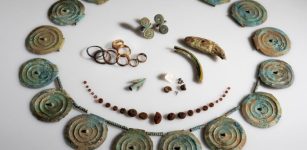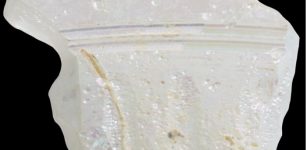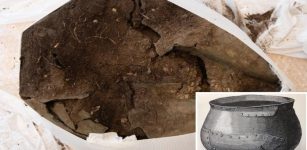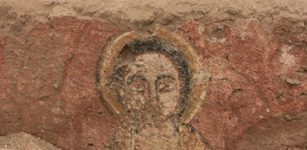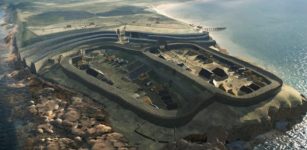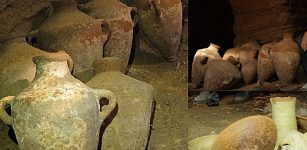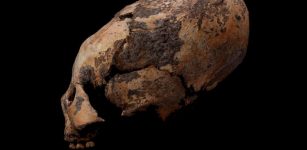Dead Sea Scrolls Reveal Noah’s Ark Was Pyramid-Shaped
AncientPages.com - According to a new study of the Dead Sea Scrolls Noah’s Ark was pyramid-shaped. This is assumption is based on a new interpretation of the Dead Sea Scrolls.
Sophisticated technology has made it possible to scan the ancient scrolls and reveal letters and words that were previously illegible.
The precious Dead Sea scrolls were discovered in West Jordan in 1947, near the ruins of Qumran – also known as Khirbet Qumran. Clay pots filled with ancient scrolls were found stored in eleven caves, located 13 miles east of Jerusalem, Israel.
The texts are written using a carbon-based ink and are mostly in Hebrew, with some in Aramaic (a Semitic language allegedly spoken by Jesus) and in Greek. It soon became clear there was a connection between the Dead Sea Scrolls and the enigmatic Essenes.
Preliminary analysis showed the texts belonged to the Essenes, member of a religious sect or brotherhood that flourished in Palestine from about the 2nd century BC to the end of the 1st century AD.
A later review of these results has raised additional questions related to the scrolls, considered one of the greatest archaeological events of the twentieth century.
Earlier this year, Israeli and German team of computer scientists and Dead Sea Scrolls scholars started to create a digital copy of the 2,000-year-old Dead Sea Scrolls. There are tens of thousands of Dead Sea scrolls fragments. Each one is photographed 28 times at high resolution using different wavelengths of light.
In some cases, the camera has revealed letters and words that had been erased, or were illegible because that portion of the parchment was burnt. The first results are now reaching the world.
The new interpretations are controversial and although they answer some questions they also raise others. The reinterpretation is being done by members of the historical dictionary department of the Academy of the Hebrew Language.
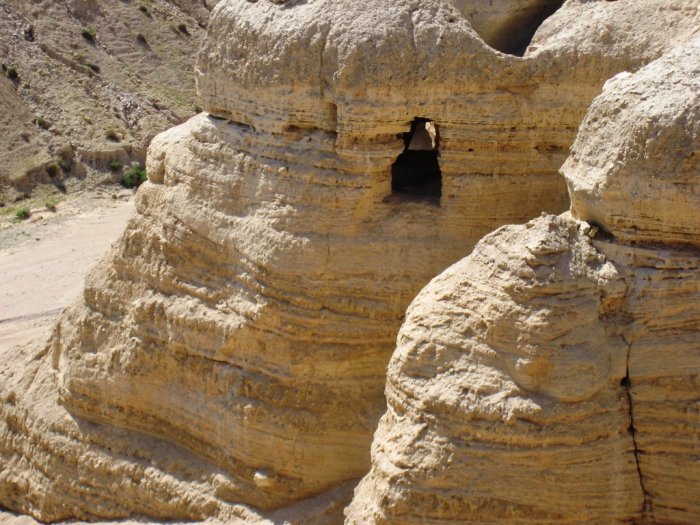
Dead Sea scrolls were discovered in West Jordan in 1947, near the ruins of Qumran – also known as Khirbet Qumran.
According to scientists the roof of Noah’s ark was pointed. Dr. Alexey Yuditsky from the department of the Academy of the Hebrew Language says that a word following the words “the ark’s tallness” had previously been illegible. However, the scan has now revealed it as ne’esefet, meaning “gathered,” which Yuditsky interpreted to mean that the ark’s ribs were gathered together at the top – or in other words, that its roof tapered to a point.
See also:
Qumran: The Dead Sea Scrolls And Their Connection To Enigmatic Essenes
Utnapishtim And The Babylonian Flood Story
The Great Flood And Noah’s Ark Were Real Events- Scientist Says
To support his theory, that the ark was pyramid-shaped, Dr. Yuditsky cited various proofs such as for example as the fact that the Septuagint, a Greek translation of the Bible done in the third century B.C.E., used a Greek verb with a similar meaning.
Medieval commentators like Maimonides also concluded that the ark’s roof was pointed, but the new find reveals that this conclusion dates back 2,000 years.
Dr. Yuditsky and Dr. Esther Haber also decoded another fragment that deals with Judgment Day. It describes a mythic hero named Melchizedek rescuing “captives”from a mythic villain named Belial.
The Dead Sea Scrolls scanning project has already yielded dozens of new interpretations of text, and it is far from over yet. We may expect new intriguing interpretations of ancient history soon. So far, about 80 percent of the fragments have been scanned.
AncientPages.com


